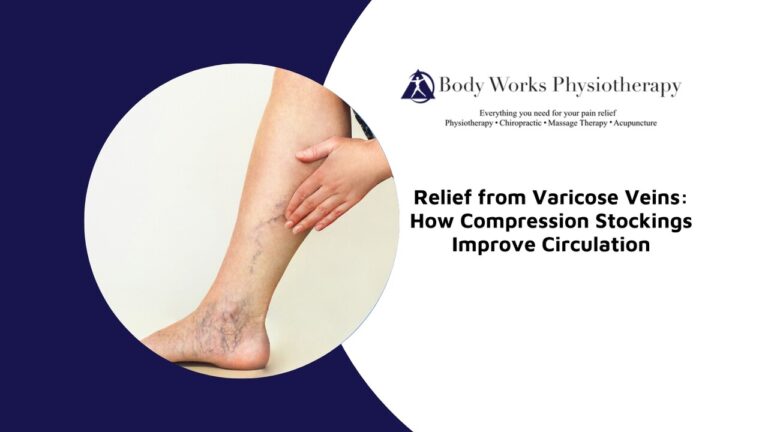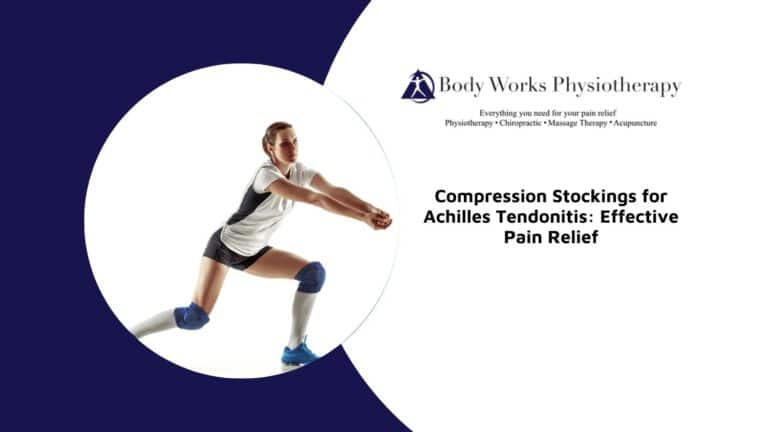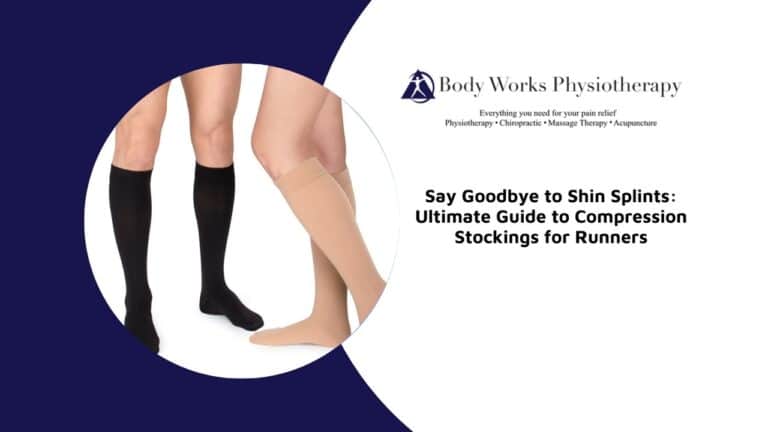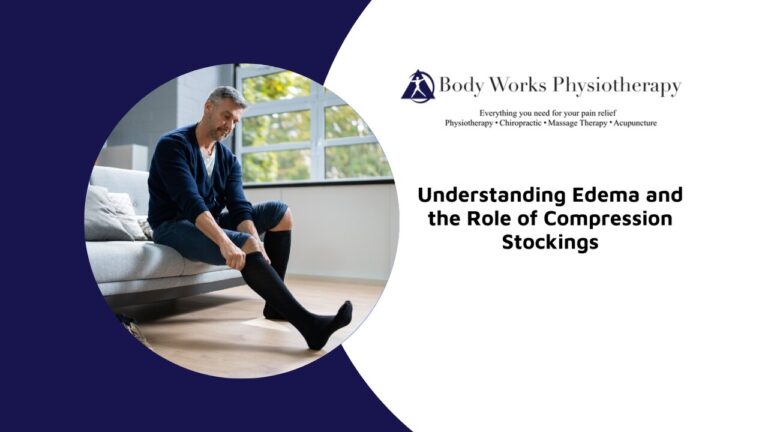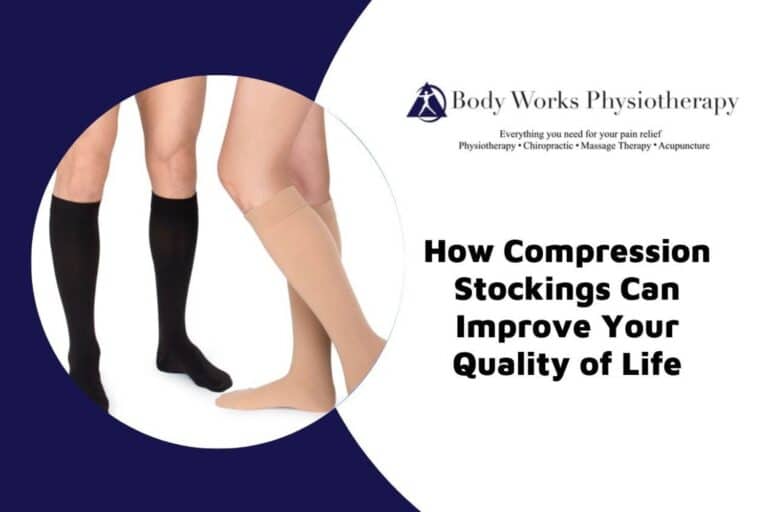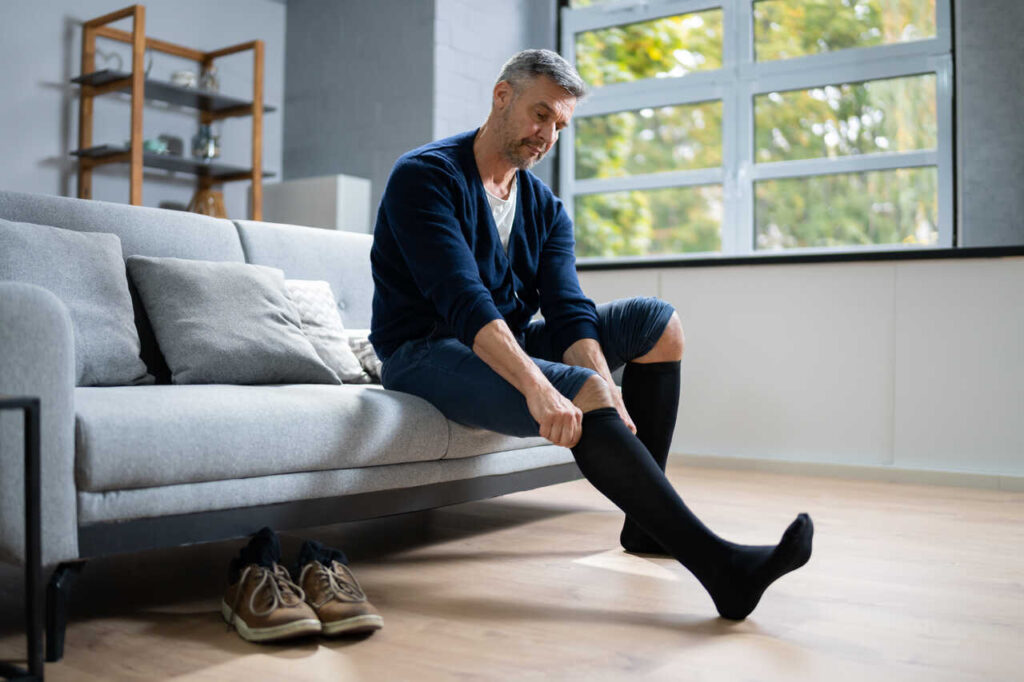
Plantar fasciitis is a common cause of heel pain, affecting individuals who spend long hours on their feet, exercise regularly, or wear improper footwear. If left untreated, this pain can disrupt daily activities and even limit mobility. Compression stockings are a promising option for plantar fasciitis management. In this blog post, we’ll explore how compression stockings for plantar fasciitis work, their benefits, and the lifestyle changes that can help in managing plantar fasciitis.
Understanding Plantar Fasciitis
Plantar fasciitis is a common condition that causes heel pain due to inflammation of the plantar fascia—a thick band of tissue running along the bottom of the foot from the heel to the toes. It typically results from excessive strain on this tissue, which can occur due to various factors including overuse, improper footwear, obesity, or prolonged standing. Activities like running or walking on hard surfaces can also contribute to the development of plantar fasciitis.
The most common symptom of plantar fasciitis is a sharp, stabbing pain in the heel, especially during the first few steps in the morning or after long periods of rest. The pain may also flare up after prolonged standing or physical activities like walking or running. In some cases, the pain may decrease as the foot loosens up but can return after extended use or strain. Swelling and tenderness in the heel area are also common symptoms.
The Role of Compression Stockings in Treating Plantar Fasciitis
Compression stockings can be beneficial in managing plantar fasciitis. By targeting circulation and providing foot support, they can significantly aid in managing symptoms and improving overall foot health. Here’s how they can help:
- Improving Circulation: Compression stockings enhance blood flow to the affected area, helping to reduce inflammation in the plantar fascia. This increased circulation promotes faster healing by delivering essential nutrients and oxygen to the tissues.
- Reducing Swelling: One of the most common symptoms of plantar fasciitis is swelling in the foot. Compression stockings apply gentle pressure, helping to minimize this swelling and reduce discomfort, especially during periods of prolonged standing or walking.
- Providing Support to the Arch of the Foot: Compression stockings provide additional support to the arch of the foot, which is crucial for relieving the strain on the plantar fascia. This support can help reduce pain during daily activities like walking, running, or standing.
- Pain Relief: By enhancing blood flow, these stockings help decrease inflammation and pain in the affected area. They also offer gentle pressure that supports the arch and can alleviate strain on the plantar fascia.
- Prevention of Recurrence: Consistent use of compression stockings can help prevent plantar fasciitis from recurring. They can help prevent recurrence by reducing swelling and supporting the foot, but they should be part of a broader prevention strategy that includes proper footwear, regular stretching, and addressing any underlying issues contributing to the condition.
How Often Should You Wear Compression Stockings for Plantar Fasciitis Relief?
For optimal relief from plantar fasciitis, it’s generally recommended to wear compression stockings throughout the day, especially during activities that exacerbate your symptoms. Depending on the severity of your condition, you may need to wear them daily or as directed by your healthcare provider.
It is also best to put them on before swelling occurs, ideally in the morning when your legs are least swollen. This allows them to work more effectively throughout the day by controlling swelling before it begins. Avoid wearing them while sleeping unless specifically advised by your healthcare provider.
Consistency is key to achieving the best results. Wear your compression stockings daily or as recommended by your healthcare provider to see a gradual reduction in pain and swelling.
Choosing the Right Compression Stockings for Plantar Fasciitis
Selecting the right type of compression stockings is key to effectively managing plantar fasciitis. Here are some factors to consider when choosing compression stockings for your condition:
- Graduated Compression: When selecting compression stockings for plantar fasciitis, look for those that offer graduated compression, which means the pressure is highest at the ankle and gradually decreases up the leg. This type of compression helps with circulation and can reduce swelling effectively.
- Compression Level: Stockings come in varying levels of compression, measured in millimetres of mercury (mmHg). For plantar fasciitis, opt for stockings with moderate compression levels (15-30 mmHg) as they are usually sufficient for managing plantar fasciitis symptoms without being too restrictive.
- Find the Right Fit: Compression stockings should fit snugly but not be overly tight. Be sure to measure your foot and leg to find the correct size. This will ensure effective compression and prevent discomfort.
- Material: Look for breathable, moisture-wicking materials that keep your feet dry and comfortable throughout the day. Materials like nylon or spandex are commonly used in high-quality compression stockings for their durability and flexibility.
- Foot-Specific Compression Stockings: Some compression stockings are specifically designed to support the foot and heel, offering targeted relief for plantar fasciitis. These can be especially helpful if you’re looking for a solution that provides focused pressure on the arch and heel areas.
By choosing the right compression stockings, you can maximize the benefits and ensure effective relief from plantar fasciitis symptoms.
Combining Compression Stockings with Other Treatments for Plantar Fasciitis
Compression stockings can be combined with other treatments for a more comprehensive approach to managing plantar fasciitis. They work well alongside physiotherapy, stretching exercises, proper footwear, orthotics, and anti-inflammatory medications.
Physiotherapy helps strengthen foot muscles and improve flexibility, reducing strain on the plantar fascia. Stretching exercises target tight muscles in the calves and feet, alleviating tension and supporting recovery. Proper footwear, with good arch support and cushioning, minimizes stress on the plantar fascia, while orthotic inserts provide additional support and improve foot alignment. Anti-inflammatory medications can further reduce inflammation and pain, complementing the benefits of compression stockings.
Integrating multiple treatments can enhance overall effectiveness and provide better relief from symptoms. However, it is important to consult your healthcare provider before starting any new treatments.
Caring for Compression Stockings: Essential Tips
To get the most benefit from compression stockings and ensure they stay in good condition, follow these tips:
- Wash Regularly: Compression stockings should be washed after each use to maintain their elasticity and cleanliness. Hand wash or use a gentle cycle in cold water, and air dry them to maintain their elasticity and effectiveness. Avoid fabric softeners as they can degrade the material and reduce compression.
- Air Dry: Lay your stockings flat to dry, avoiding direct heat or sunlight, which can weaken the fabric. Do not tumble dry, as it can affect the compression levels and elasticity of the stockings.
- Rotate Stockings: To extend the life of your compression stockings, consider purchasing multiple pairs and rotating them. This reduces wear and tear on any single pair and ensures you always have a clean, effective pair ready to wear.
Managing Plantar Fasciitis: Essential Lifestyle Changes
To enhance the effectiveness of compression stockings, consider incorporating the following lifestyle changes:
- Maintain a Healthy Weight: Extra weight puts additional pressure on your feet, which can worsen symptoms. Reducing excess weight can lessen the strain on your feet and reduce the risk of developing plantar fasciitis.
- Engage in Regular Stretching Exercises: Stretching your calves and plantar fascia can help alleviate and prevent heel pain. Simple stretches, like calf stretches or rolling a ball under the foot, can aid recovery.
- Choose Supportive Footwear: Wear shoes with good arch support and cushioning to reduce pressure on your plantar fascia. Avoid flat, unsupportive footwear and high heels that can aggravate the condition.
- Avoid Prolonged Standing: Long periods of standing or walking can exacerbate plantar fasciitis. Take breaks and reduce the time spent on your feet to minimize strain.
- Use Orthotics: Pairing compression stockings with orthotic inserts offers additional arch support and helps distribute pressure evenly across the foot, reducing strain.
By combining compression stockings with these proactive measures, you can effectively manage and potentially prevent plantar fasciitis, leading to improved foot health and overall comfort.
Revitalize Your Walk
If you’re struggling with plantar fasciitis, compression stockings can offer the support and relief you need to manage pain and improve mobility. By reducing inflammation and providing essential arch support, these stockings can become a key part of your daily routine. At Body Works Physiotherapy in Scarborough, our team can help you explore additional treatment options and develop a personalized plan to address your plantar fasciitis. Don’t let heel pain slow you down—contact us today to schedule an appointment and start your journey toward pain-free living.

